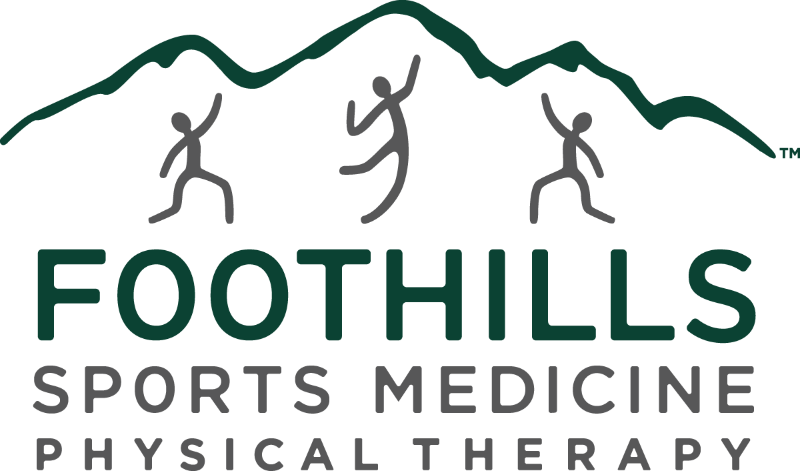If you are on the fence about having trigger point dry needling(TDN) performed, here’s a brief “what to expect” blog article to help you make your decision.
When you arrive for your appointment at one of our physical therapy clinics, your physical therapist will assess your condition and pathology to determine if TDN is right for you.
Trigger point dry needling treat a multitude of conditions because it addresses myofascial restrictions. These myofascial restrictions are a significant component to movement pathologies, pain, and dysfunctions throughout the body. Typically, the therapist will determine certain movements or positions that reproduce pain so they can single out which muscles and structures would benefit from a dry needling treatment.
Following the assessment, and if TDN is recommended, your therapist will review the risk factors. Trigger point dry needling is a relatively safe technique and is very safe when performed by a trained clinician. Risk factors include bleeding, bruising, muscle soreness, infection, and a pneumothorax. Infection and a pneumothorax are by far the most serious risk factors, however, they rarely occur.
A risk of infection happens anytime the skin’s surface is disrupted by a cut, scrape, or needle. Sterile needles and use of a sanitary technique are always used at Foothills Sports Medicine Physical Therapy to minimize this risk. A pneumothorax is a medical term for a punctured lung. This occurs if the needle enters the lung field and disrupts the tissue. The risk for a pneumothorax is generally applicable when needling anywhere in the chest, thorax, and upper abdominal region.
TDN has multiple treatment procedures. Most patients describe symptoms during treatment as an ache or slight cramping feeling in the muscle. This can vary greatly based on the treatment techniques utilized. Here are some popular techniques and their descriptions:
- Pistoning technique, in which the needle is moved up and down at different angles of the muscle belly causing a “twitch” or trigger point release.
- Static technique, in which the needles are left in the muscle for a prolonged period (typically 5-10 minutes) to release muscle tension or trigger points.
- Static technique with electrical stimulation, in which the needle is placed in the muscle and an electric current is applied through the needle to stimulate the muscle. During a treatment with this technique, repetitive contractions at regular intervals occur in the muscle.
Whichever technique is right for you will be determined by your physical therapist and based on your condition and tolerance to the treatment.
Following your dry needling treatment, many therapists will reassess movements and positions that were determined painful at the beginning of the session. In many cases, following TDN, these symptoms are lessened or completely gone. Other responses to treatment include soreness in the muscles that were treated. This soreness is typically described as feeling as if you worked out this muscle. Also, this soreness is different from the pain that brought a patient into treatment and the intensity greatly varies from person to person.
Additional physical therapy treatments including stretching, soft tissue massage, heat, and exercises can assist in alleviating this soreness as well as train the body to utilize and sustain the changes made during TDN treatment. If you’re interested in finding out if dry needling can help you, contact us.




